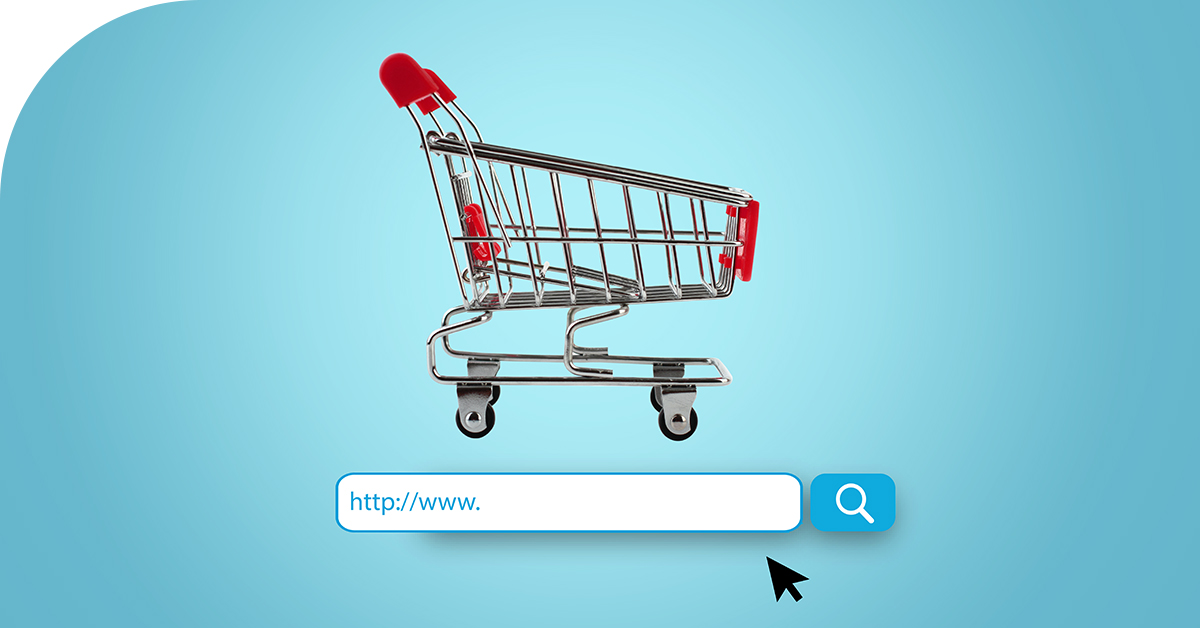As a marketer, I’m always looking for ways to engage with people who are already in the market for the thing I’m promoting.
Contextual keyword targeting, simply put, makes it that much easier to do. It’s a win-win for both advertisers and consumers—they only see ads they’re interested in, and you only serve those ever-valuable impressions to the best people.
What is contextual keyword targeting?
Contextual keyword is a digital advertising targeting tactic that allows you to target URLs based on the keywords that appear within website pages.
Once keywords are selected, sites with available ad placements are scanned, the most important keywords on those pages are identified, and a probabilistic algorithm is implemented to define and to categorize the page and the impression. If the page is relevant to your selected content, you are eligible to bid on that impression.
Before you can decide on targeting tactics, you need to know who you’re targeting. Use our mad libs audience builder to create awesome audiences in a cinch.
Choozle’s contextual targeting tool
For our keyword capabilities, Choozle partners with Oracle & Grapeshot. Grapeshot is the contextual intelligence platform that provides a contextual keyword targeting tool to use within campaigns in our platform. Built for programmatic, Choozle’s contextual keyword tool is a self-serve offering that empowers agencies and brands to provide more relevant targeting to a wider keyword-based audience—all at lower costs than pay-per-click models such as AdWords.
Contextual targeting examples
Although similar targeting tactics, contextual keyword and contextual category do have their unique nuances. More importantly, each tactic offers varying levels of granularity.
Contextual category targeting allows advertisers to target sites that categorize themselves in a specific area or topic, such as “dogs” or “sports.” Contextual category, although less expensive than contextual keyword, boasts a lower level of granularity. Additionally, contextual keyword targeting—although more expensive—has a click-through rate roughly 3X that of contextual category targeting.
Give your campaign the added edge it needs with these three contextual targeting examples.
- Capture top of funnel customers. Reach potential customers while they’re gathering information and best practices about your product, service, or industry using keywords. At Choozle, our contextual keyword list contains similar phrases we target in our search advertising, but also includes more general terms like “digital advertising” or “programmatic advertising” to widen our available inventory.
- Layer it on top of other tactics. While first and third-party data are the initial go-tos, you can layer contextual targeting—or, even better, contextual keyword targeting—on top of other strategies. In the health & wellness industry, you might be marketing a new yoga mat. For this, you can target keywords like “yoga mat” and “best yoga mats” so that your ads only appear on pages that contain those keywords.
- Try a combo. You can combine both contextual category and contextual keyword targeting to specify only pages that contain your selected keywords and which are classified as one of your specified categories. This can work well for targeting keywords with multiple meanings.
Although a little pricier than tactics like data or contextual category, contextual keyword targeting is going to pay off tenfold when the right users start to see—and engage with—your ads, right when they’re looking for them.
Next up: Get even more granular in your campaigns with geofencing & geoframing, then round out your strategies with connected TV.







